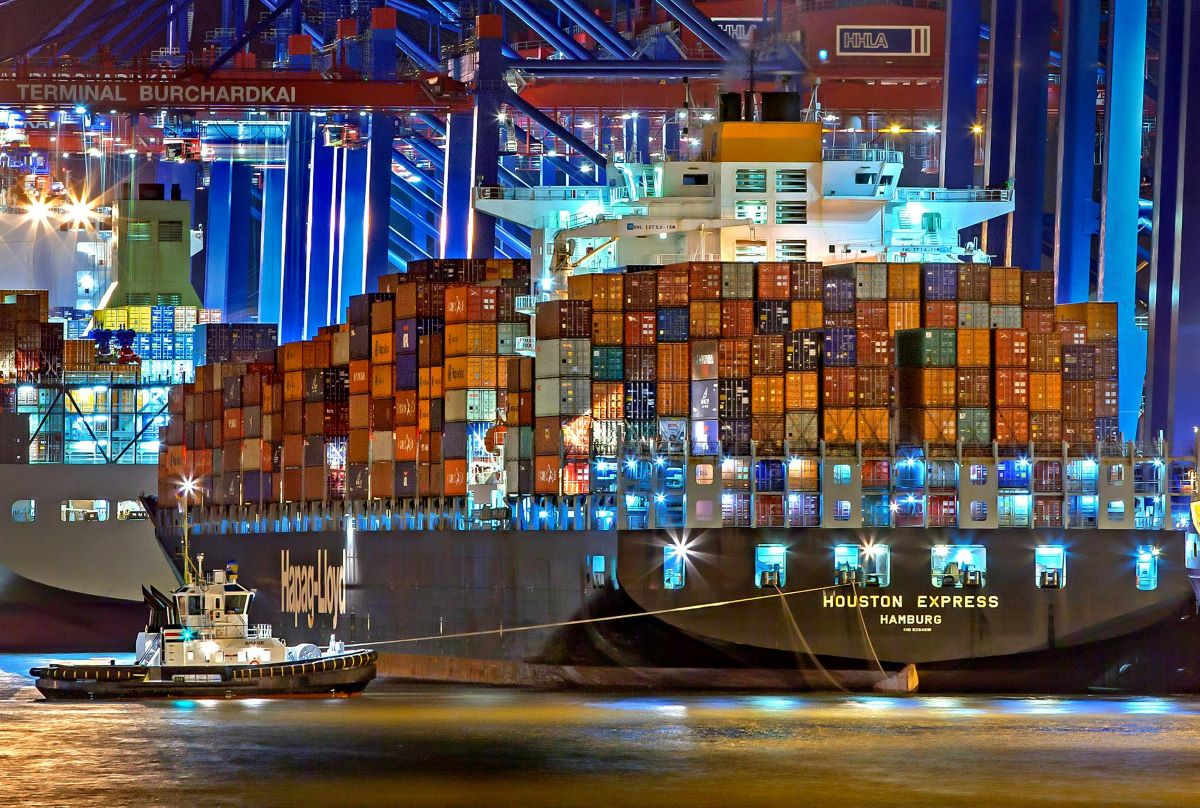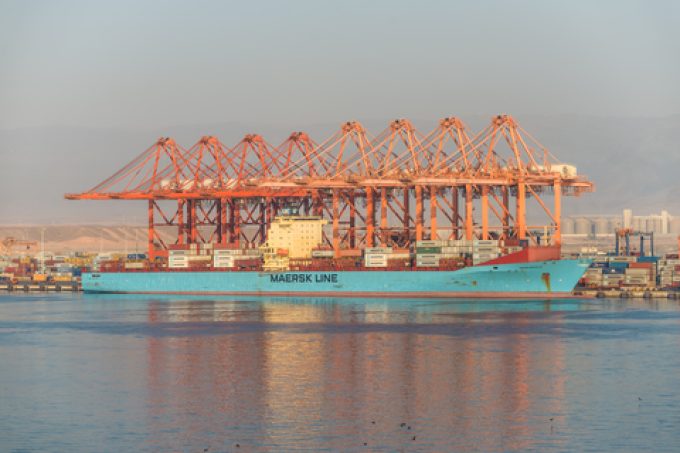In recent years, across borders E-commerce It has grown rapidly, connecting buyers and sellers across international borders more easily than ever before. For emerging markets, this trend opens new opportunities to access global products, expand local businesses, and support economic development. As technology advances and digital infrastructure enhances, the future of cross-border e-commerce in emerging economies looks increasingly promising.
Read also: How to optimize regional distribution networks for e-commerce success
Rising digital penetration and mobile commerce
One of the key drivers of cross-border e-commerce in emerging markets is the rapid adoption of affordable smartphones and the Internet. With increased accessibility to mobile devices, millions of consumers in countries such as India, Brazil, Indonesia and Nigeria are now able to shop online. In many of these regions, mobile commerce is the primary form of e-commerce, providing a direct gateway to international markets.
Apps and online marketplaces have made it easier for consumers to discover and purchase products from sellers abroad. As mobile payment solutions and Digital payment With wallets becoming more widely used, the entire shopping experience has become more seamless and secure for users in emerging markets.
Expanding logistics and fulfillment capabilities
Efficient logistics services are crucial to the success of cross-border e-commerce. In the past, many emerging markets have faced challenges such as poor transportation infrastructure, long delivery times, and customs delays. However, these barriers are slowly being addressed through public and private sector investments.
Global logistics companies and local startups are working together to improve last-mile delivery, simplify customs clearance, and build modern distribution centers. Technologies like real-time tracking, automated warehousing, and AI-powered route optimization help ensure faster, more reliable deliveries.
Fulfillment centers within target markets also reduce delivery times and enable sellers to handle returns more efficiently. This makes international shopping more attractive to consumers who now expect fast and reliable service.
Increasing confidence in online shopping
As more people try online shopping, their trust in digital platforms is gradually increasing. This is crucial to the growth of cross-border e-commerce, especially in regions where uncertainties around online transactions were once a major barrier.
E-commerce platforms now offer better customer service, clear returns policies, and product warranties to build consumer trust. Additionally, the rise of social media and influencer marketing has helped increase awareness of global brands and build familiarity with foreign products.
Offering multilingual interfaces, local currencies, and region-specific promotions, international platforms are customizing their approach to better connect with shoppers in emerging markets.
Supportive government policies and trade agreements
Governments in many emerging markets are beginning to recognize the economic potential of cross-border e-commerce and are adjusting their policies accordingly. Simplified customs regulations, reduced import duties, and regional trade agreements encourage more international transactions.
For example, business partnerships in Asia, Africa and Latin America enhance the ease of movement of goods across borders, which directly supports the growth of cross-border online sales. Some governments are also investing in national digital infrastructure and offering incentives to e-commerce companies to enhance participation in the global market.
This collaborative environment between businesses and policy makers helps create a more stable and accessible system for cross-border trade.
Empowering local sellers and SMEs
While cross-border e-commerce opens up access to global products for consumers, it also provides a platform for local businesses to expand internationally. Small and medium-sized businesses in emerging markets are increasingly using platforms such as Amazon, Alibaba, and Etsy to reach buyers in other countries.
These platforms provide tools for translation, global shipping, and international payment processing, making it easy for even small sellers to participate. With the right support and training, entrepreneurs from emerging economies can successfully export handicrafts, clothing, electronics and other goods.
This global reach not only delivers higher profits for local sellers, but also encourages innovation and entrepreneurship, driving broader economic growth.
Addressing ongoing challenges
Despite the progress achieved, challenges remain. High shipping costs, payment fraud, unclear customs rules, and lack of digital literacy in some regions continue to hinder the full potential of cross-border e-commerce.
To overcome these issues, there is an increasing need for better cooperation between governments, private companies and global organizations. Programs aimed at improving financial inclusion, digital education, and trade infrastructure are essential for long-term success.
Furthermore, companies must continue to invest in local marketing, user experience, and secure payment systems to build trust with consumers across different cultures and economies.
conclusion
The future of cross-border e-commerce in emerging markets is full of opportunities. With increasing digital access, improved logistics, and supportive policy frameworks, these regions are poised to become major players in global e-commerce. Although challenges remain, the continued development of technology and international cooperation is helping to shape a more inclusive and dynamic global retail landscape. As the digital market expands, emerging markets will become not just consumers, but vital contributors to the global economy.










